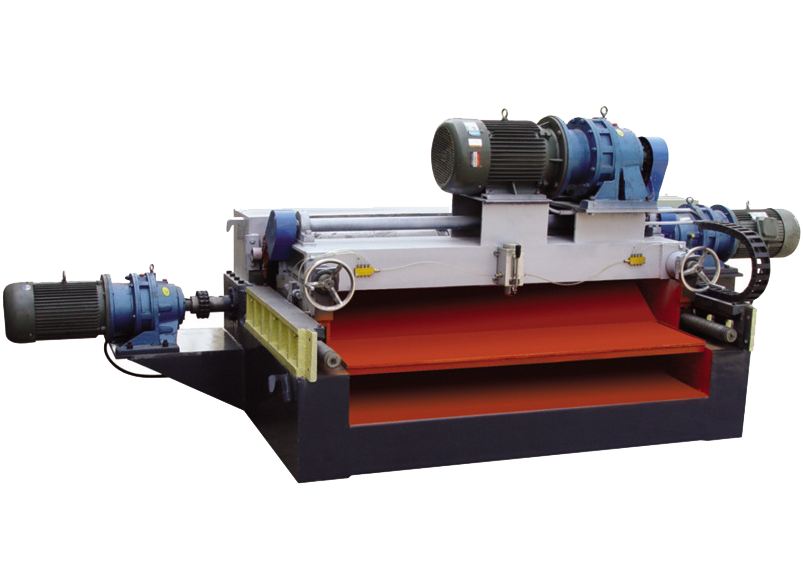Plywood, as an important material in fields such as construction and furniture manufacturing, has a rigorous and complex production process. The following is a brief introduction:
1. Raw wood processing: Select high-quality raw wood, undergo pre-treatment such as peeling, cutting, steaming, etc., soften the wood fibers, and facilitate subsequent processing.
2. Single board rotary cutting: using a rotary cutting machine to rotate and cut logs into continuous thin wood pieces, namely single boards, with uniform thickness and smooth surface.
3. Single board drying: The moisture content of the veneer after rotary cutting is relatively high, and it needs to be reduced by drying equipment to prevent bubbles or deformation during subsequent bonding, ensuring the quality of the board.
4. Glue coating and assembly: Apply adhesive evenly on the surface of the dried veneer, and reasonably match the number of layers and texture direction of the veneer according to product requirements to form a slab.
5. Pre pressing and hot pressing: After the initial shape of the slab is fixed by pre pressing, it is sent to a hot press machine where the adhesive solidifies under high temperature and pressure, tightly bonding the veneers to form a sturdy plywood.
6. Edge cutting and sanding: The edges of the hot pressed board are irregular and require edge cutting treatment, followed by sanding to make the surface smoother and improve aesthetics and usability.
7. Quality inspection and packaging: The finished product undergoes strict quality inspection and is packaged after passing the inspection, ready for factory sale.
This process ensures the high quality and stability of plywood, meeting the diverse needs of the market.
 Precautions for using plywood h
Precautions for using plywood h
01 January,1970
 How to repair and maintain the
How to repair and maintain the
01 January,1970
 Structure composition of a new
Structure composition of a new
01 January,1970
 How to determine the cause of t
How to determine the cause of t
01 January,1970
 Use process of rotary cutting m
Use process of rotary cutting m
01 January,1970
 The Impact of Air Velocity on D
The Impact of Air Velocity on D
01 January,1970